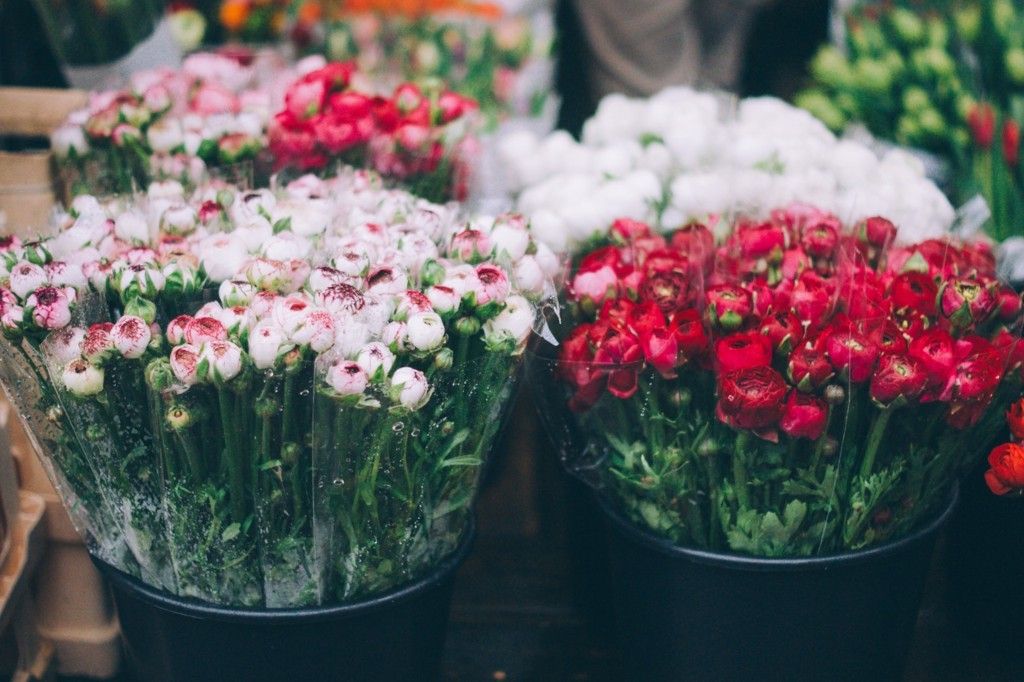During the winter many of us may be buying flowers to decorate our homes and to give as gifts. About 80% of the cut flowers sold in this country are grown in Central and South America, in countries such as Colombia and Ecuador, close to the equator with warmth, high elevation, and longer hours of daylight year-round.
Advances in aviation in the last century have made possible flights of only about three hours from countries that grow the flowers, to ports of entry into the US. Advances in plant breeding have also resulted in creating longer shelf life for cut flowers.
A gaseous hormone, ethylene, is involved in every stage of plant growth. It is especially important in predetermining the length of time flowers remain fresh before they die. So, scientists have tried to reduce the effect of ethylene on the shelf life of flowers. For example, a product called Ethyl Bloc was developed to make flowering plants insensitive to ethylene.
Also, scientists have determined that flowers kept at a temperature of 35F are less affected by ethylene so last longer than those kept at higher temperatures. Because the refrigerated trucks and unheated holds of planes are cold, this helps cut flowers from abroad to stay fresh during their journey to the US. However, manipulating the length of time cut flowers will remain fresh, often results in a loss of fragrance in flowers such as roses.
This is Moya Andrews, and today we focused on Flower Longevity.










